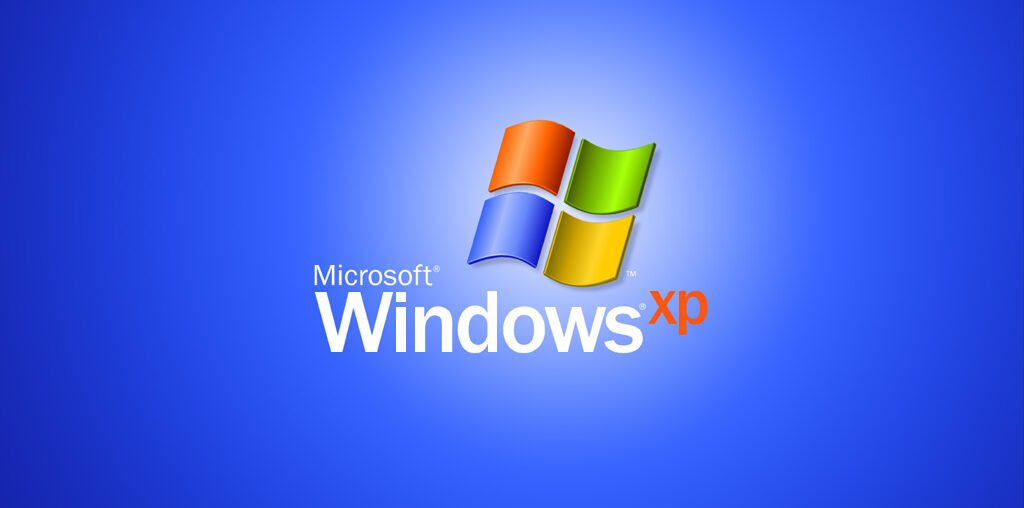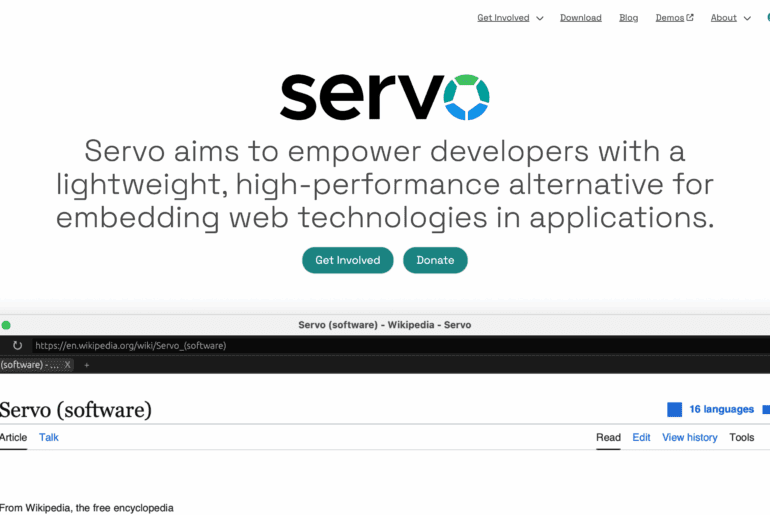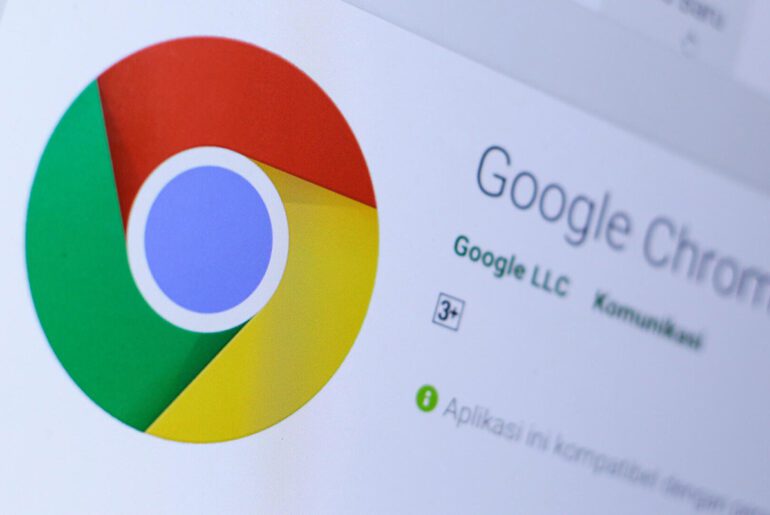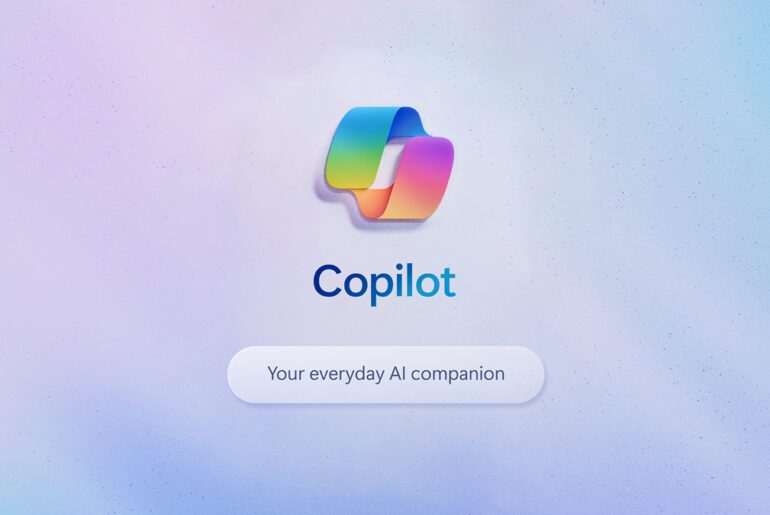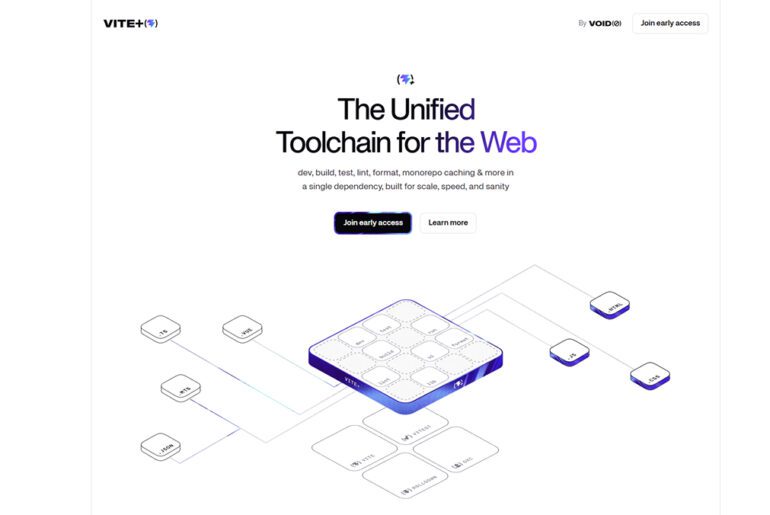In a recent post, former Microsoft engineer Dave W. Plummer revealed the true story behind the notorious Windows XP key FCKGW-RHQQ2-YXRKT-8TG6W-2B7Q8. What many believed to be a crack or exploit was actually the result of a serious licensing leak inside Microsoft’s own systems.
According to Plummer, the FCKGW key was originally a legitimate volume licensing key (VLK). That meant it was intended for corporate or organizational use, not individual retail activation. Because of its status, Windows XP’s product activation logic treated it differently than a typical consumer key — the system assumed that, as a VLK, the installation already had permission and skipped the usual activation prompts. Plummer says this was never a deliberate backdoor or hack, but a severe internal leak that allowed the key to fall into the hands of those distributing “pre-activated” copies.
The key eventually surfaced publicly alongside modified or “volume” media, enabling pirate groups to distribute fully functional, “pre-activated” Windows XP installs. In effect, users selecting “Yes, I have a product key” during installation with this code would bypass activation entirely and receive a fully activated operating system.
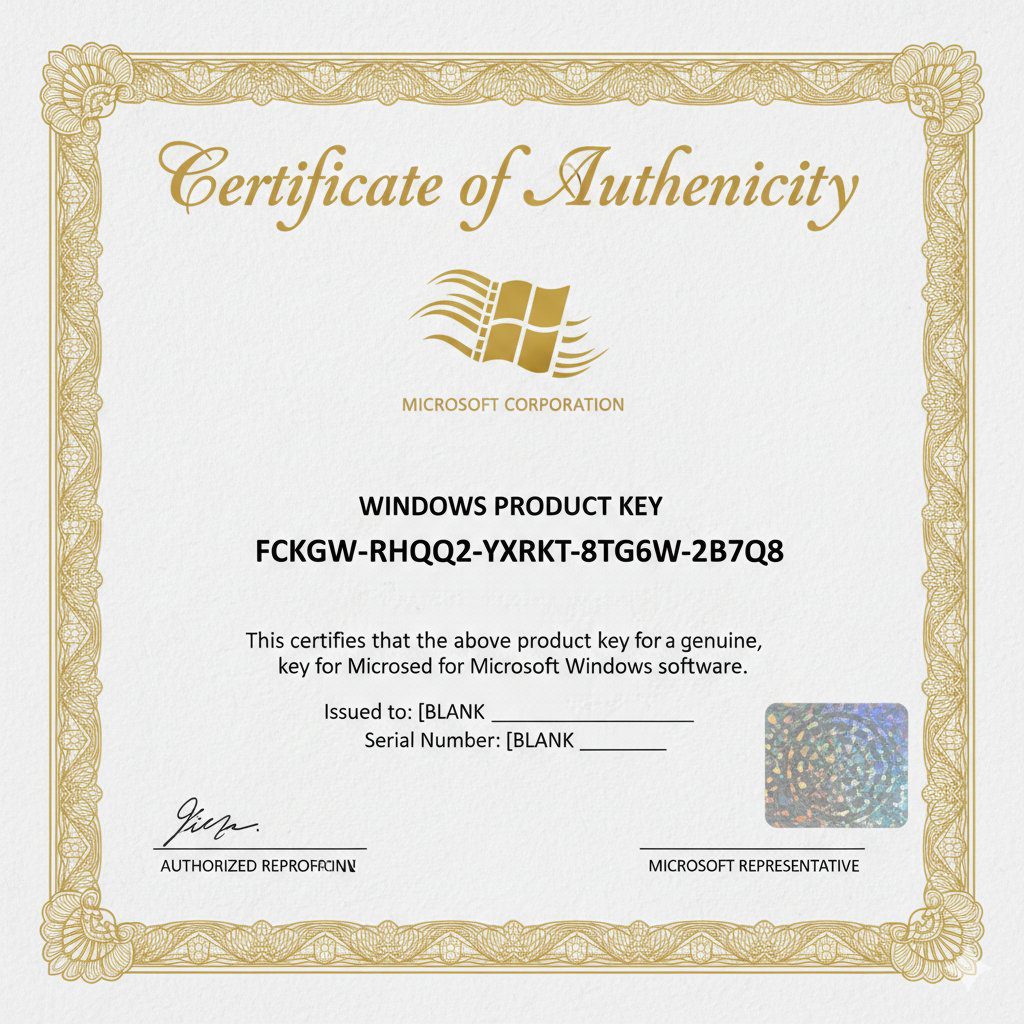
Microsoft’s activation system in XP (Windows Product Activation, or WPA) tied a hardware ID — compiled from components like CPU, RAM, and other system specifics — to the product key during installation. A mismatch or suspicious key would cause the activation process to fail. However, because the FCKGW key was whitelisted in the activation logic as a volume license key, that check was skipped.
The system simply accepted it and allowed a full activation, with no 30-day trial or watermark. Even early validation routines that Microsoft used to check whether an installation was genuine were fooled. The key effectively allowed “pre-activated” ISOs to be shared widely, making XP as easy to circulate as a music file.
Why the Leak Was Dangerous — and How Microsoft Responded
While many saw the widespread use of FCKGW as a classic crack, Plummer emphasizes that it was a leak — one that originated from within Microsoft’s volume licensing infrastructure. Once the key was posted online and combined with matching media, it became a shortcut for piracy at scale.
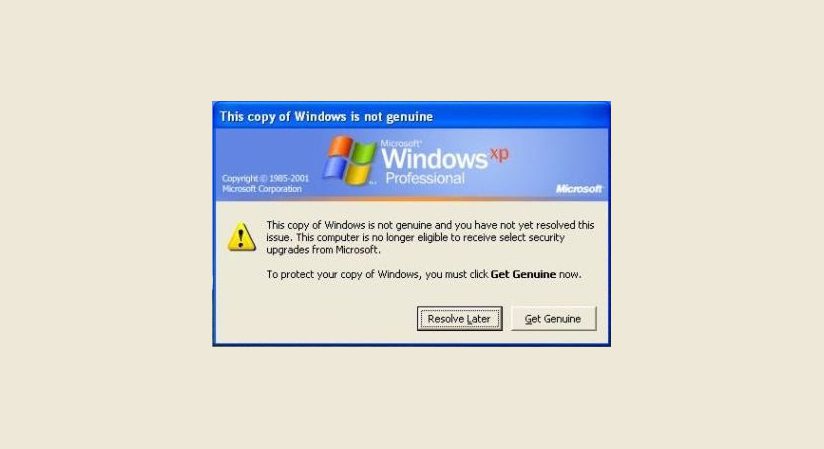
Microsoft recognized the danger. The FCKGW key was blacklisted in August 2004, and any users attempting to use it would eventually receive Windows Genuine Advantage (WGA) notifications. The blacklisting meant that later updates or service packs would reject that key or refuse to validate an installation using it.
The FCKGW saga has become a notorious chapter in software licensing, cited frequently in discussions of DRM, activation schemes, and leak management. Although that particular workaround no longer works (Microsoft’s servers for validation have since closed, and the key itself is blocked), the episode still illustrates how crucial tight control of licensing infrastructure is.
In sharing this history, Plummer offers a rare insider view of how a major vulnerability wasn’t due to a clever hack from outside, but rather a failure to secure internal licensing materials.


